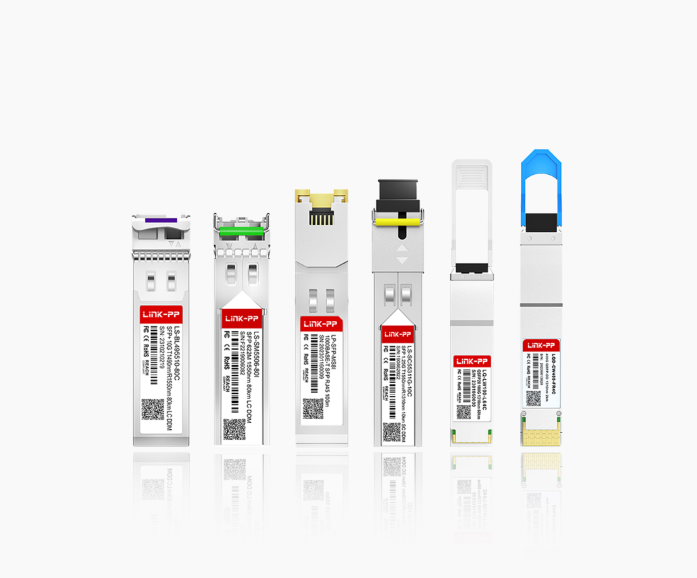As global demand for ultra-fast, low-latency communication grows, the next-generation wireless technology — 6G (Sixth Generation Network) — is emerging as the successor to 5G. Expected to launch commercially around 2030, 6G aims to connect physical, digital, and human worlds through intelligent, immersive, and sustainable communication systems.

1. What Is 6G Network?
6G represents the sixth generation of mobile communication technology, succeeding 5G. It will enable data transmission speeds up to 1 Tbps, latency as low as 0.1ms, and ubiquitous AI-powered connectivity across devices, humans, and machines.
Unlike 5G, which primarily enhanced bandwidth and latency, 6G focuses on integrating intelligence directly into the network infrastructure, allowing real-time decision-making and autonomous operation.
2. Development Stage and Global Roadmap
6G is currently in the research and standardization phase (2024–2027), led by organizations such as 3GPP, ITU-R, and IEEE, with commercial rollout expected between 2029–2032.
Major players — including the U.S., China, Japan, South Korea, and the EU — have established national 6G programs to accelerate R&D.
Timeline Overview:
2024–2026: Early R&D, concept validation, and testbeds
2027–2028: Pre-standard trials and system architecture design
2029–2030: Standardization (3GPP Release 21 expected)
2030+: Initial commercial deployments
3. Core Technologies Powering 6G
3.1 Terahertz (THz) Communication
6G will operate in the 100 GHz to 3 THz frequency range, offering massive bandwidth but requiring new hardware designs, antennas, and signal processing techniques to overcome propagation loss.
3.2 AI-Native Network Architecture
AI will no longer be an add-on but a built-in function. AI algorithms will optimize network resource allocation, predict user behavior, and enable autonomous network management.
3.3 Intelligent Surfaces and Holographic MIMO
Reconfigurable Intelligent Surfaces (RIS) will redirect and focus radio signals to improve coverage, while holographic MIMO antennas will enhance spectral efficiency and spatial multiplexing.
3.4 Integrated Sensing and Communication (ISAC)
6G networks will combine communication and environmental sensing, enabling devices to detect motion, position, and physical conditions — useful in autonomous driving, robotics, and smart cities.
3.5 Quantum and Edge Computing Integration
6G infrastructure will leverage quantum security protocols and edge computing to achieve near-instantaneous data processing and ultra-reliable low-latency communication (URLLC).
4. Key Application Scenarios
4.1 Extended Reality (XR) and the Metaverse
6G will deliver seamless AR/VR/MR experiences with ultra-high-resolution streaming and tactile feedback for applications in gaming, education, and telepresence.
4.2 Autonomous Systems and Smart Mobility
From self-driving cars to drones and logistics, 6G’s high reliability and real-time AI coordination will enable intelligent transport systems and connected infrastructure.
4.3 Digital Twins and Industry 5.0
6G will power real-time digital twin simulations across manufacturing, healthcare, and energy sectors, supporting predictive maintenance and remote monitoring.
4.4 Global Coverage and Space-Air-Ground Integration
6G will integrate satellite networks, UAVs, and terrestrial systems, ensuring continuous connectivity across remote and oceanic regions.

5. Challenges and Opportunities
5.1 Technical Challenges
THz signal attenuation and power consumption
Hardware limitations in transceivers and antennas
AI model security and privacy concerns
Standardization across global ecosystems
5.2 Strategic Opportunities
Creation of AI-driven network ecosystems
Expansion into non-terrestrial networks (NTN)
Growth in IoT, smart healthcare, and autonomous robotics markets
Strengthening of cybersecurity and quantum encryption solutions
6. The Road Ahead for 6G
6G is more than an upgrade — it represents a technological leap toward intelligent connectivity, merging sensing, computing, and communication into a unified system.
By 2030, it will transform industries, economies, and human interactions, enabling innovations such as immersive telepresence, real-time holographic communication, and autonomous systems on a global scale.
7. LINK-PP and the Future of 6G Connectivity
As 6G evolves, high-speed network infrastructure will demand advanced magnetic RJ45 connectors, high-frequency LAN transformers, and optical transceiver modules — areas where LINK-PP delivers cutting-edge solutions.
LINK-PP’s Ethernet magnetic components and SFP/optical transceivers ensure signal integrity, low EMI, and high data throughput, supporting next-generation 6G-ready designs in telecommunications, IoT gateways, and data centers.




